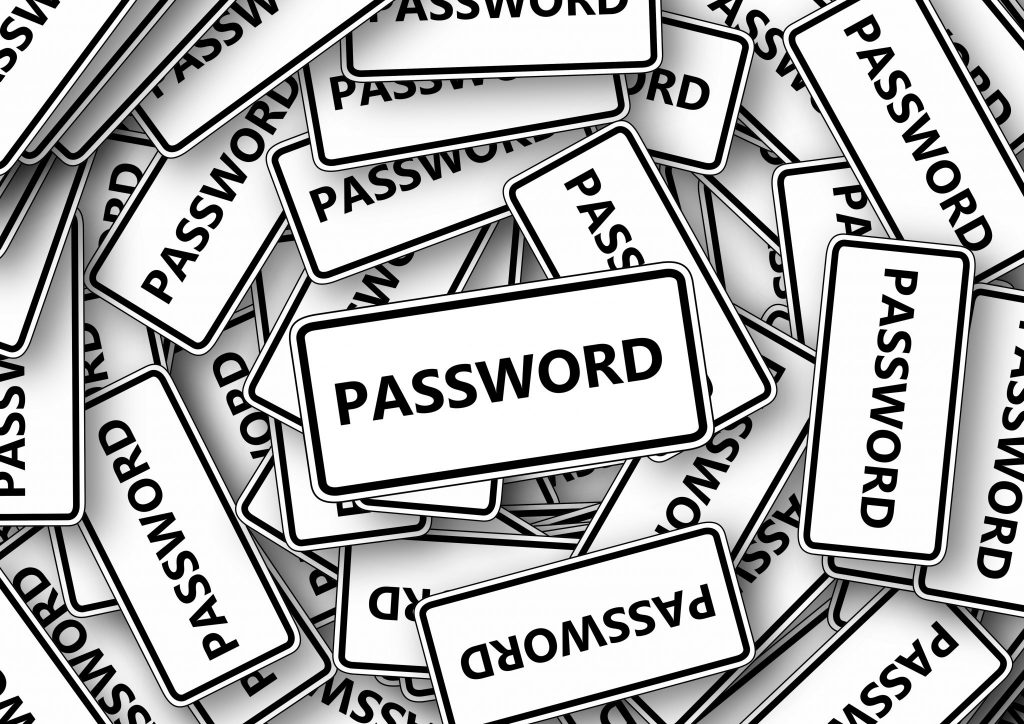The average business today is deeply dependent on technology. Systems have greatly enhanced the ability of companies to capture, store, and manipulate customer and business data. This dependence on IT is why any mention of hacking or cyberattack is bound to send a shiver down the spine of any C-suite executive and IT team member. Hacking not only leads to data loss and theft, it also causes damage to the business’ reputation, which can be very expensive — and in some cases impossible — to repair. There are many things business leaders should know about cybersecurity but these hacking stats should be at the top of any such list.
1. Email is the most common method for spreading malware

Hundreds of billions of emails go out worldwide every day. About half of this is spam. That’s a staggering number. Yet, the scale of spam email is itself testament to how successful spam has been as a tool for perpetrating the less than noble intentions of cybercriminals. Little surprise, therefore, that recent hacking stats show email spam is by far the most common method for spreading malware.
More than two-thirds of email spam seeks to deceive recipients into clicking a malicious URL. Slightly under one-third of email spam has malicious attachments that install malware on the target device when they are downloaded and/or opened.
2. One in five enterprise files are unprotected
A study that analyzed more than 6 billion files, including those containing sensitive financial and health information, found that one in five were accessible to anyone. Worse still, among the companies surveyed, 40 percent had more than 1,000 files (including some containing sensitive information) accessible to anyone.
3. Cybercrime will soon surpass the illegal drug trade in profitability
Cybercrime is quickly becoming one of the world’s most formidable challenges. It seems to exact ever greater damage with each passing year. When hackers successfully breach large, data-rich corporations like Equifax and Yahoo, the repercussions can be too colossal to contemplate. One study estimated that cybercrime could cost the world an astonishing $6 trillion to contain by 2021,.
4. Americans open a third of phishing emails they receive

One in every three Americans opens phishing emails. That’s a number that should get every business leader and IT team member worried. Phishing emails are a favorite attack technique for hackers seeking to almost effortlessly extract sensitive information from a target organization. Worse still, a third of Americans who open a phishing email eventually click on the infected attachment or link.
5. Data loss management accounts for nearly half of the cost of responding to a cyberattack
Managing the consequences of a cyberattack is expensive. Even beyond the data theft, companies are often left sifting through data that is corrupt and unusable. Often, businesses are custodians of data that doesn’t belong to them but rather their customers and vendors. Restoring lost data or trying to set up controls that make it harder for it to be used by malicious third parties is key.
6. By 2020, there’ll be 300 billion passwords in use worldwide

Nowadays, it feels like there’s a password for just about everything we use. The rise of the Internet of Things (IoT) is certainly not helping matters. The average person has a password for everything from their enterprise network to their social media account to their supermarket rewards website. With such an enormous number of passwords in use, the risk of password loss is far greater than it has ever been before.
There are just so many touchpoints and potential opportunities for loss that password controls will have to be much tighter than ever before. There’s a perfect opportunity here for biometrics.
7. Roughly half of millennials encountered a cyberattack in 2018
Cyberattacks hit millennials the hardest. This may be surprising, because this generation is more tech-savvy than previous generations and has grown up around tech from an early age. But millennials are the generation driving IoT, thanks to their expectation of everything around them being connected to the Internet. In 2018, hacking stats show that about half of millennials experienced some form of cybercrime.
8. The price of personal data in the black market ranges between 20 cents and $15
That may seem like a ridiculously low amount for such valuable information. That’s why organizations must go out of their way to keep their data secure. Once it’s in the wrong hands, criminals will sell it for a pittance — and sell it many times over. The price of a dataset depends on the nature of the data itself. Credit card information is on the higher end of the price spectrum while phone numbers don’t fetch as much.
9. It typically takes an astounding six months for companies to notice a data breach
Data breaches are rarely accompanied by dramatic fanfare. Hackers want it to be a quiet affair that is never discovered or if it is, that happens long after they’ve extracted what they wanted and left the crime scene. And if the statistics are anything to go by, hackers have been pretty effective at this. It takes the average company six months to discover a breach.
This length of time allows the hacker to exploit the data to their benefit almost uninhibited since no one is aware that the information has actually gotten into the wrong hands.
10. There a more than 130 targeted, large-scale data breaches in America each year
The launching of Cybersecurity Awareness Month was one of the clearest signs that the United States is serious about confronting and containing cyberattacks. Still, there are well over 100 major data breaches every year with the number growing by more than 25 percent each year. Clearly, if there isn’t urgent action to counter this spiraling crisis, we could be staring at a full-blown cyber catastrophe within the next 10 years.
Don’t become one of the next hacking stats
Hacking and cybersecurity is becoming an ever-bigger subject of everyday conversation. As cyberattacks grow in frequency, scale, and sophistication, knowledge is a weapon that businesses can use to keep their data safe. These hacking stats provide business leaders with the context and knowledge they need to make the right cybersecurity decisions.
Featured image: Shutterstock



